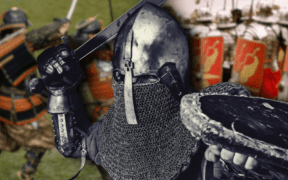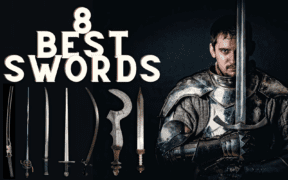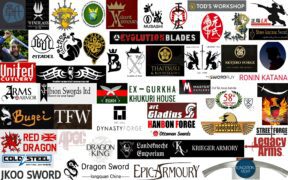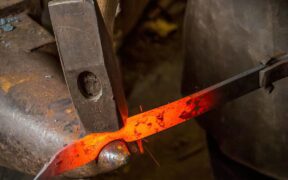What is the Strongest Sword in History?
NO AI USED This Article has been written and edited by our team with no help of the AI
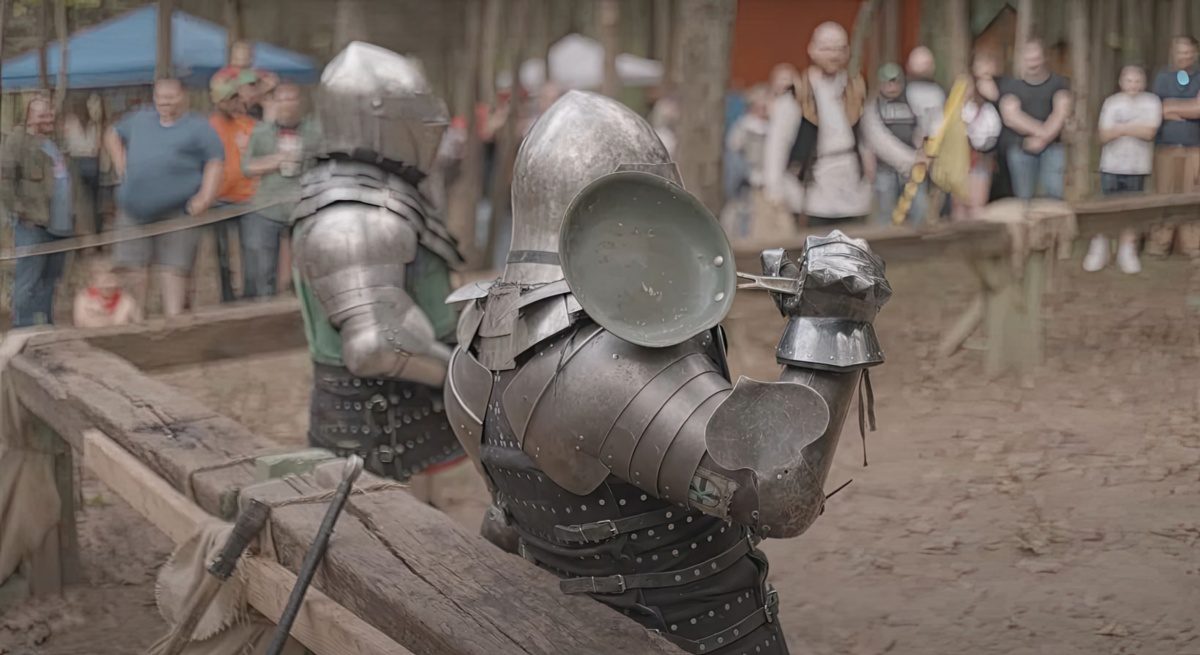
The question “what is the strongest sword in history?” has sparked much debate on the internet. While some swords are definitely extraordinary, be it due to their design, material used, or skill of the swordsmith, each type of sword is unique.
Used for both defense and offense throughout history, swords have evolved due to war and the discovery of better materials and forging methods. In this article, we’ll lay out every factor that must be met to become the strongest sword in history.
Our Opinion: The Strongest Sword – Longsword
In our opinion, the longsword is the blade that fulfills the criteria of becoming the strongest sword in history. Highly adaptable for various situations, the longsword can hold its own against spears, large two-handed weapons, enemies with shields, as well as armored opponents.
Effective in both offensive and defensive maneuvers, it has a design that allows for quick and powerful slashing and thrusting capabilities. The wielder can use it to rush opponents due to its versatile reach, and the pommel can sometimes be used for bashing. It also offers good protection due to its long blade and large guard quillons that can be used for combat.
Thanks to its length and efficacy for mounted troops, it is the strongest one on one sword. It can also be used with a shield. In conclusion, the Longsword is nearly perfect in almost every possible scenario.
12 Factors: Why is The Longsword the Strongest Sword?
In each of the following scenarios, there is a specific blade that excels in it. However, the longsword is the only blade that can be used in all situations. Therefore, it is the strongest sword due to its versatility and adaptability.
1. One vs. One (Sword vs. Sword – No Shields, No Rules)
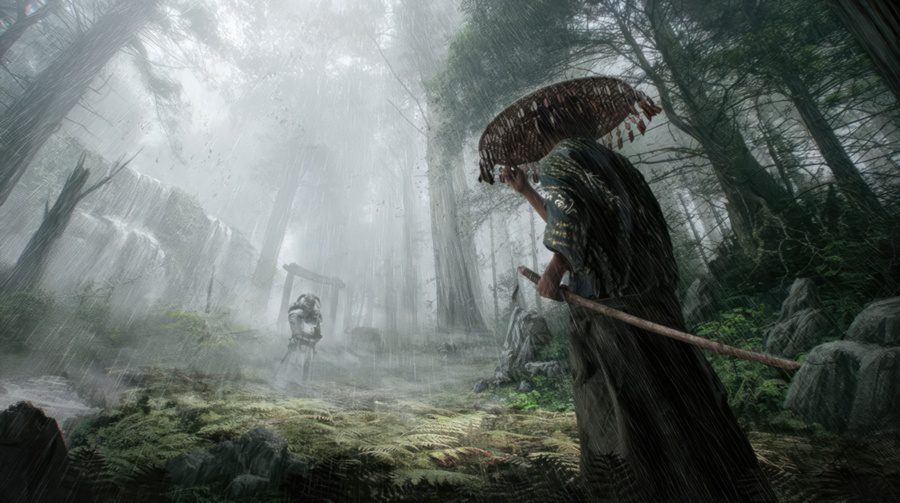
The longsword is excellent in duels due to its long crossguard that protects the wielder. Despite having a similar weight to the katana, it has a slightly longer blade. It can be used in various techniques, such as half-swording, where one grabs the blade and uses it like a dagger. The pommel can bash armor, and the double-edged blade is ideal for slashing and thrusting through gaps in armor, at both long and close range.
Reach is crucial in sword fighting. A longsword like the Claymore offers extra reach but sacrifices speed, maneuverability, and defense, leading to quick exhaustion and vulnerability. Smaller swords lack the reach, putting them at a disadvantage.
2. Large Scale Battle
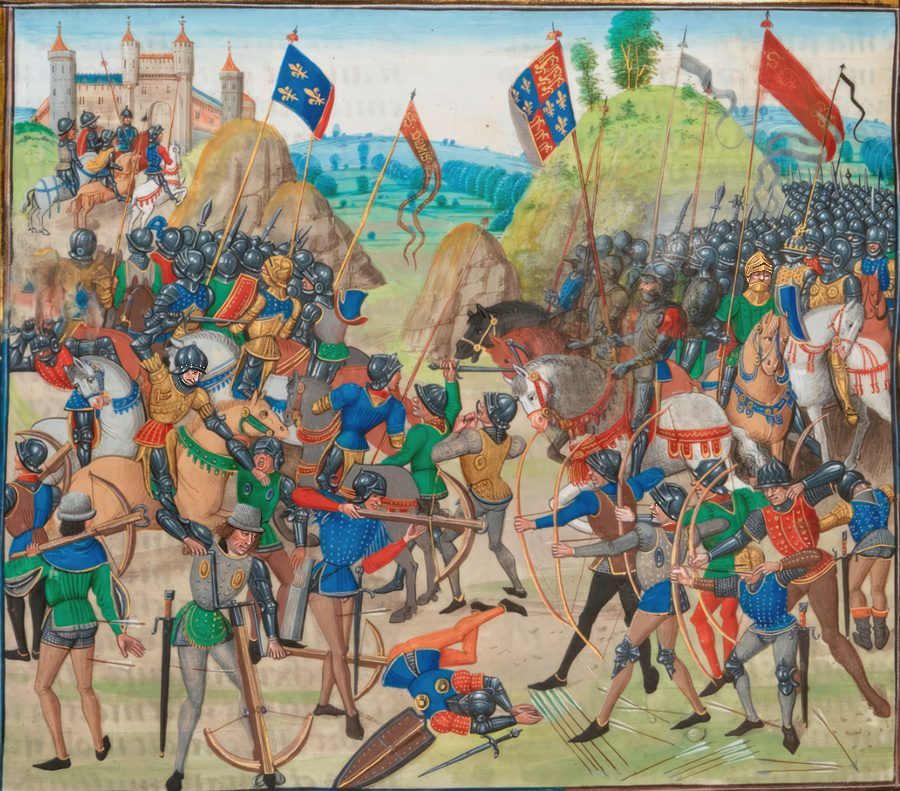
In medieval and ancient battles, melee weapons like the spear and sword were ideal against both armored and unarmored opponents. Shorter swords, such as the Gladius or Arming Sword, worked well with a shield, while the Longsword was effective for armored users.
With a larger handle for one or two-handed use, the Longsword allows for carrying a shield. Its tapered blade enables powerful thrusts, targeting openings and enemies’ legs.
Easily carried on the waist, the Longsword can serve as a primary or secondary weapon for formation fighting or guerilla tactics. Its long reach allows strikes from a distance. While not as effective as a Greatsword, it remains versatile and efficient.
3. Mounted Combat
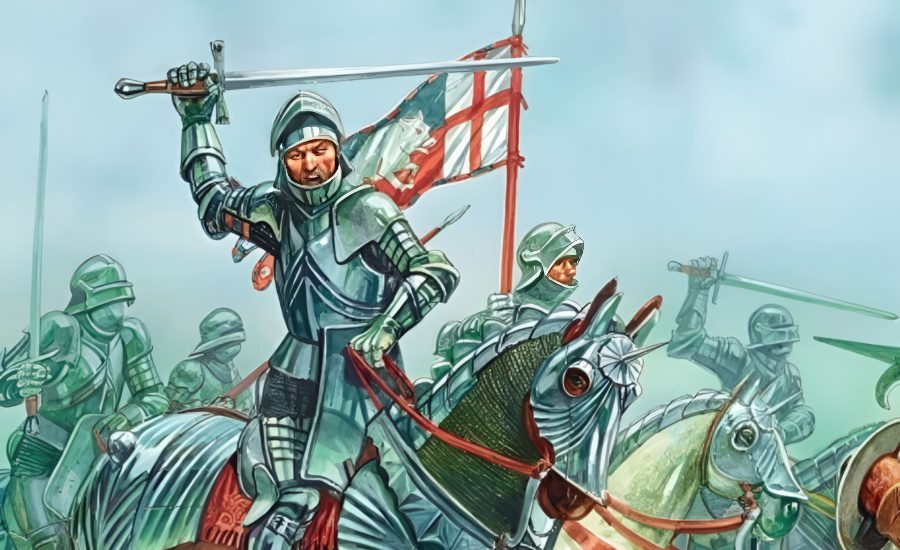
The best sword that evolved to adapt to mounted combat was the curved Turko Mongol saber. These blades can be slightly curved like the Scimitars or dramatically curved like the Persian Shamshir. However, before these curved blades, straight swords were utilized in mounted warfare such as the Spathas did in the Roman Empire.
While curved swords excel for mounted troops and slashing attacks, longswords were used by European knights for the same purpose as their longer reach made them effective slashing weapons. The crossguard also offers protection to the user’s hand while attacking without a shield.
4. Speed
The design and weight of a blade significantly affect a sword’s speed. It’s often thought that curved, single-edged swords like the Katana are the fastest due to their design, but this is inaccurate.
For example, the Katana and Longsword both weigh about the same, ranging from 2.4 to 3 lbs (1 to 1.3 kg), and have similar handle lengths. The Katana has a forward center of gravity, which allows for smoother movements, but its heavier curved blade doesn’t make it faster.
The Longsword’s blade is longer, with a weight point closer to the hilt. Combined with its double edges and long tapered tip, the Longsword is faster, more maneuverable, and offers longer reach. While shorter swords might be quicker, the Longsword’s both speed and reach makes it superior.
5. Anti Armor
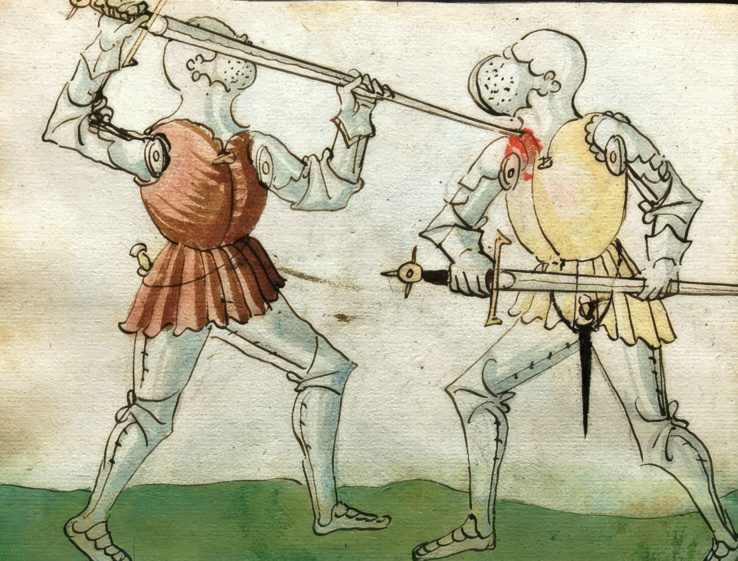
A sword effective against armor must offer multiple offensive methods against plate metal. The longsword excels in this regard with its double-edged blade for thrusting through armor gaps, its ability to be used as an elongated dagger, and its pommel for striking.
While longswords couldn’t slash through plate armor, they could navigate through its many gaps with ease due to their lightweight and tapered blade. Although not as powerful as a cutting Dadao, the longsword’s strong blade can dent head armor, potentially causing lethal injuries. Additionally, the pommel can be used to attack opponents effectively.
In summary, the longsword’s piercing capability, strong blade, and versatile design make it a superior weapon against armored foes.
6. Used in Combination With A Shield
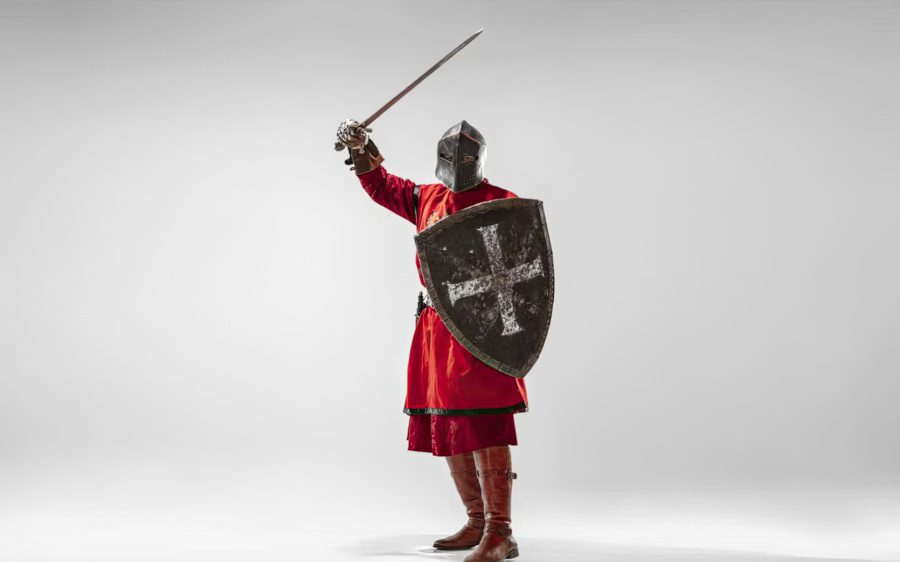
Shields are great for defense and have been used since ancient times. Although offering protection, it also limits the user to wield the sword with one hand. Although the gladius or arming sword is best for this purpose, the longsword is versatile and can also be used with a shield.
This allows the wielder the option to either use the longsword with the shield or toss the shield aside to use both hands, ensuring that their strikes are more powerful while taking advantage of the longsword’s greater reach.
7. Protection
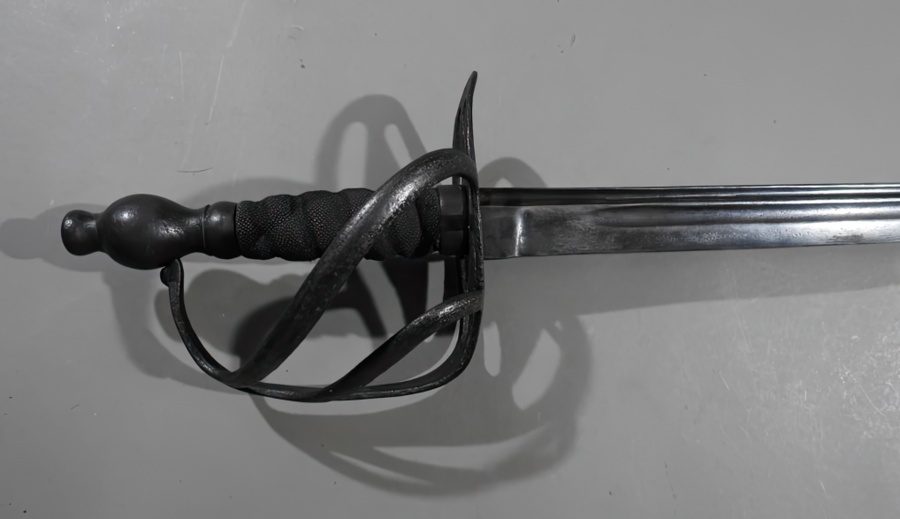
While some swords, like post-medieval basket-hilted swords, emphasize hand protection, they are generally not the best for combat due to limited hand movement.
A better alternative is the longsword, which offers great protection without hindering movement. Its large cruciform crossguard with metal quillons extends to both sides of the handle, providing superior handguard protection.
HEMA practitioners use it to fend off incoming thrusts and side attacks. This design allows for counterattacks and hooking the opponent’s blade. Additionally, certain grip methods with this guard offer more flexible attacks, making the longsword highly versatile in combat.
8. Slashing & Cutting Power
Single-edged blades are believed to be made for slashing while double-edged ones are for thrusting. In reality, both types of blades can be used and this is where the Longsword shines.
While a single-edged blade might have a more pronounced cutting attack because the blade is broader, has more room to taper, and therefore sharper, the Longsword is capable of dealing devastating cutting attacks that can sever limbs.
The longsword’s thinner and more flexible blade has the ability to slash through armor gaps better than a broader type of sword.
9. Thrusting
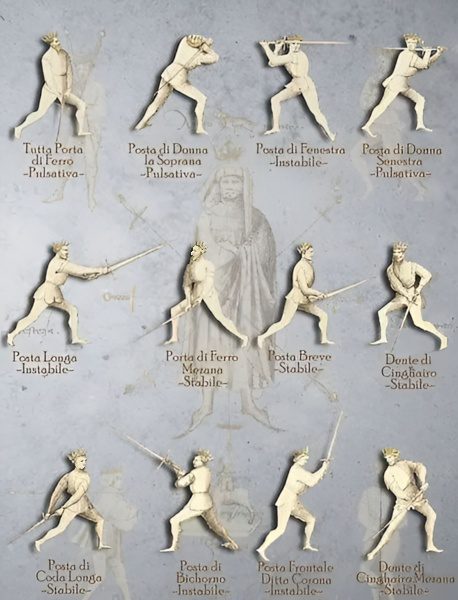
The strongest swords should excel at both slashing and thrusting. Unlike the longsword which is great at both slashing and thrusting attacks, many swords of the same size and weight are good for slashing, but not for thrusting. This means that the longsword is one of the deadliest swords as it can pierce through armor gaps, be it in large battle formations or duels.
In duels, the Longsword functions not only as a large (51-inch / 130 cm) sword, but also as a (16-inch / 40 cm) dagger thanks to the half-swording technique. While the Rapier might be the best thrusting long bladed weapon in a duel with rules, the Longsword is the best in real combat.
10. Reach

Swords with a longer reach have an advantage over their opponents. Although believed to be superior, these blades are inferior in terms of speed. Likewise, blades that are too short can also be ineffective in battle. With the longsword, it has a blade length that is just right, not too long to compromise its speed while still offering its wielder a reach advantage. An experienced swordsperson is sure to use even an extra 2-inch (5 cm) reach to their advantage.
Some deadly swords such as the naginata sword are specifically made with a long reach to be used in a team-based battle formation such as to strike from the sides or holding the front. For the Longsword, it can be used situationally while remaining effective as a primary weapon in duels.
11. Durability

Weapons that are said to be durable should be able to hold their own. Since the durability of the weapon can determine between victor or loser, the swordsmith’s decision about the type of steel used is crucial. For this reason, carbon steel that is often used in longswords is a great option.
Single-edged blades might be superior in terms of durability as there is more space, allowing one side to act as the sword’s spine and tapering more to provide a sharper blade. However, a single edged blade is more likely to sustain more damage as it only has one edge to attack with.
Therefore, although the longsword may not be as durable in the beginning, its double edged blade that can be used for hacking and slashing may just provide the user another edge that can be used to secure victory.
12. Versatility & Adaptability
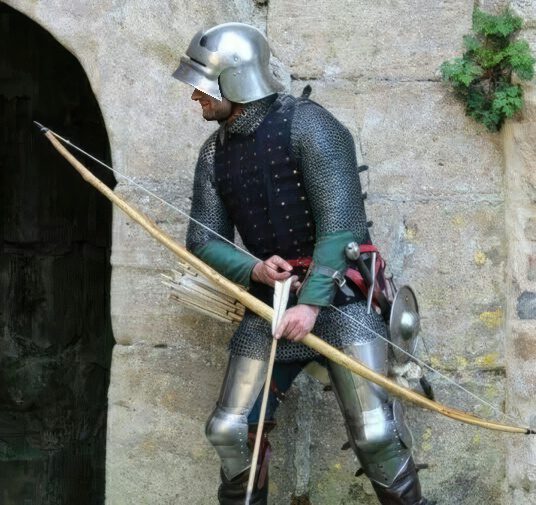
A powerful sword should be versatile, allowing its wielder to cut and stab. Great in duels, large battles, or simply individual defense, its success in both offense and defense even against armored opponents can be the difference between life and death for its wielder.
Since the longsword is highly versatile and adaptable for use in various situations, easily carried, effective even in close combat, and can be quickly unsheathed to function as a thrusting spear, a cutting axe, a piercing dagger, and a grappling tool, it is the strongest sword in history.
Conclusion
In conclusion, there is no definitive “strongest” sword, as each was made for specific purposes, from duels to large battles. However, if one sword stands out for its versatility and adaptability in nearly all situations, it would be the longsword. Its balance of offense, defense, and flexibility makes it a formidable weapon in various combat scenarios.
“You don’t choose the strongest sword; the strongest sword chooses you.” – David Mickov
